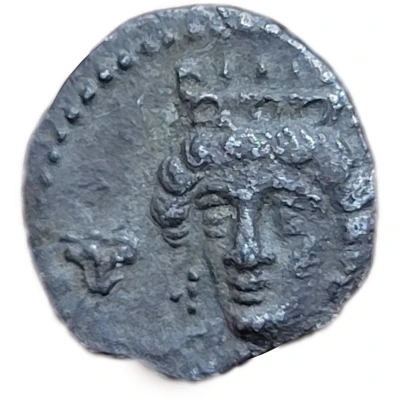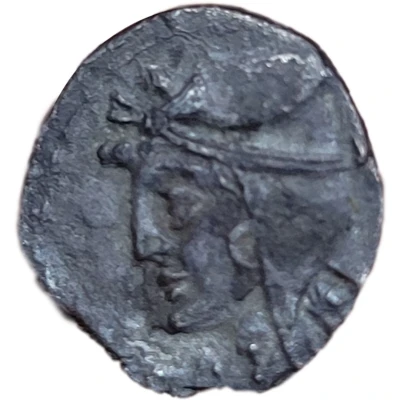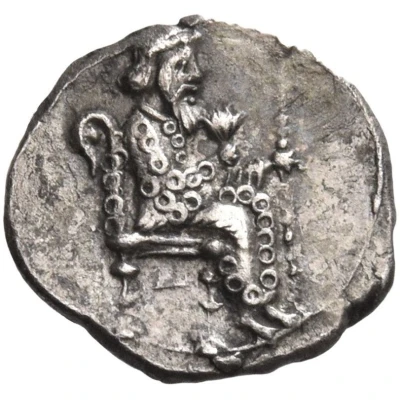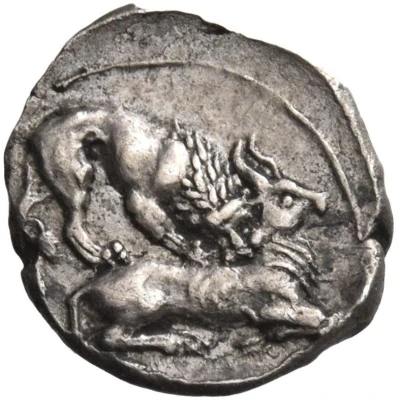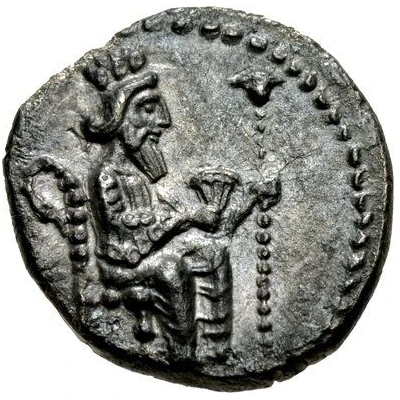
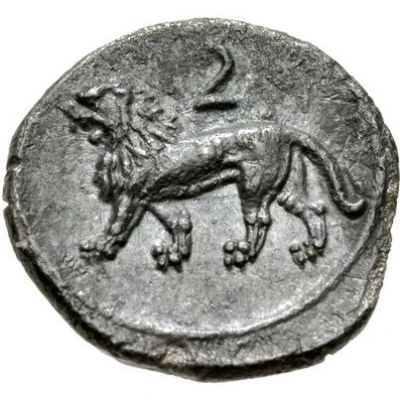

© Classical Numismatic Group, Inc.
Obol - Mazaeus 361 BC - 334 BC
| Silver | 0.72 g | 9 mm |
| Issuer | Satrapy of Cilicia (Achaemenid Satrapies) |
|---|---|
| Satrap | Mazaeus (Μαζαῖος) (361 BC - 331 BC) |
| Type | Standard circulation coin |
| Years | 361 BC - 334 BC |
| Value | Obol (⅙) |
| Currency | Drachm (550-330 BCE) |
| Composition | Silver |
| Weight | 0.72 g |
| Diameter | 9 mm |
| Shape | Round (irregular) |
| Technique | Hammered |
| Orientation | Variable alignment ↺ |
| Demonetized | Yes |
| Updated | 2024-10-10 |
| Numista | N#413572 |
|---|---|
| Rarity index | 97% |
Reverse
Lion walking left; above, ς.
Comment
Casabonne Series 6 and p. 218, n. 913; Göktürk –; SNG France 425 (Myriandros); SNG Levante 184 (Myriandros).
The attribution of the walking-lion series of Mazaios had originally been given to the mint of Tarsos, but Newell argued that they more likely were struck at Myriandros in his study of that mint in AJN 53 (1919). Later, J.D. Bing, in AJN 1 (1989), argued for an alternative attribution of the Myriandros coinage to the mint of Issos. While most numismatic works continue to follow Newell, Casabonne’s significant study of Cilicia during the Persian period convincingly returns these coins of Mazaios to the mint of Tarsos (cf. Casabonne, pp. 215–7).
Interesting fact
One interesting fact about the Obol - Mazaeus coin is that it features a unique blend of ancient Greek and Persian design elements. The obverse side of the coin depicts a bearded king, likely Mazaeus, wearing a Persian-style crown, while the reverse side shows a Greek-style owl perched on a branch, surrounded by a Persian-style legend. This fusion of design styles reflects the cultural exchange and influence that occurred during the Achaemenid Empire's rule over the Satrapy of Cilicia.
